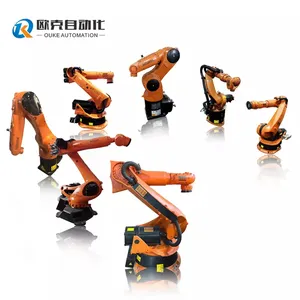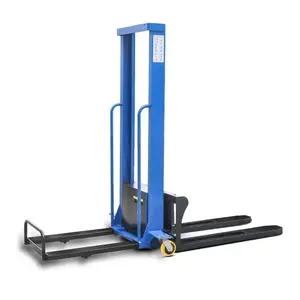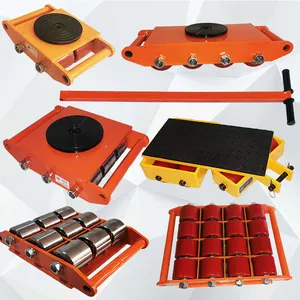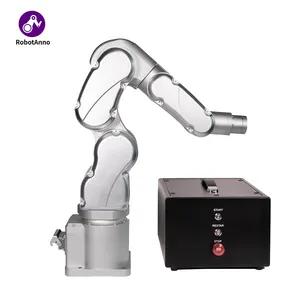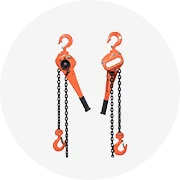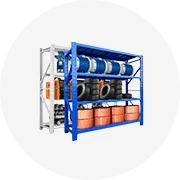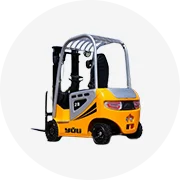Popular in your industry
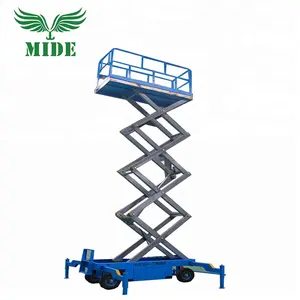



















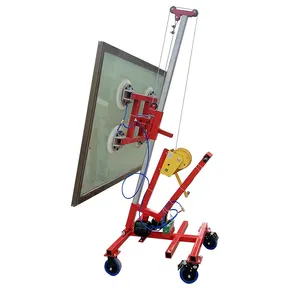


































Related Searches:



























































































































Top categories
About rotating lifting equipment
Introduction to Rotating Lifting Equipment
Rotating lifting equipment is an essential category of machinery designed for a multitude of industrial and commercial applications. This equipment facilitates the lifting, handling, and positioning of heavy loads, often where precision and maneuverability are paramount. The versatility of these systems makes them indispensable in settings ranging from automotive repair shops to large-scale distribution centers.
Types and Applications
The variety of rotating lifting equipment includes scissor lift tables, hydraulic lift platforms, and extendable jib cranes. Scissor lift tables, with their distinctive crisscross support mechanism, are widely utilized for their stability and ease of operation in environments like warehouses and manufacturing floors. Hydraulic options offer the strength needed for heavier loads, often seen in automotive and heavy machinery industries. Extendable units are the go-to for reaching difficult areas, often employed in construction and maintenance tasks.
Features and Materials
The construction of rotating lifting equipment is a testament to engineering designed for durability and performance. Common materials include reinforced steel and aluminum, chosen for their strength-to-weight ratio and resilience. Features may include 360-degree rotation capabilities, adjustable height settings, and safety locks to ensure secure operation. The adaptability of these systems allows for a range of motion that is critical in precise positioning tasks.
Advantages of Utilizing Rotating Lifting Equipment
Incorporating rotating lifting equipment into operations can significantly enhance efficiency and safety. The ergonomic design reduces the risk of injury and strain on personnel by minimizing the need for manual lifting. Additionally, the precision control offered by such equipment can improve operational accuracy, leading to fewer errors and potential damage to goods.
Selection Considerations
When selecting rotating lifting equipment, it is crucial to consider load capacity, platform size, and the specific needs of the operation. Equipment should be chosen based on the nature of the tasks it will perform, ensuring that it can handle the weight and dimensions of the materials to be lifted. It is also important to consider the workspace environment to ensure compatibility with existing workflows and space constraints.
Complementary Equipment
To further enhance the functionality of rotating lifting equipment, it may be paired with complementary accessories such as trolleys or mobile carts. These additions can streamline the process of moving items to and from the lift, optimizing the workflow and increasing productivity. It is advisable to assess the compatibility of these accessories with the chosen lifting equipment to ensure seamless integration.
